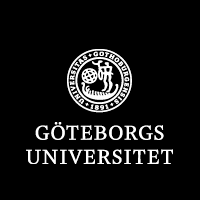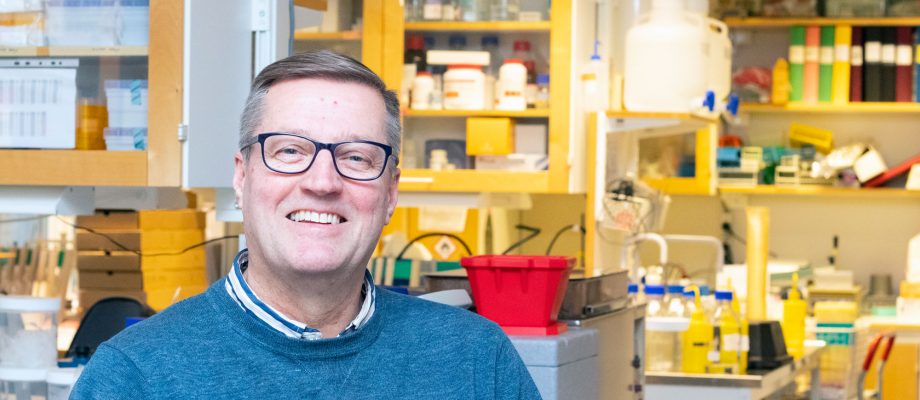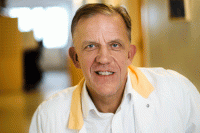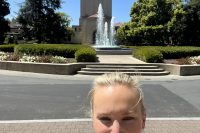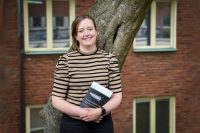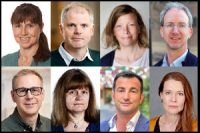ASSIGNMENT. Mikael Nilsson, a professor of anatomy, has been named the new director of the Sahlgrenska Cancer Center. His team, which works on cancer of the thyroid gland, has been part of the cancer center since its inception 10 years ago.
Mikael Nilsson was asked to take on the role of director once his predecessor, Jonas Nilsson, was given the opportunity to start another research laboratory in Perth, Australia.
“I was asked if I would take on the responsibility of heading the Sahlgrenska Cancer Center because colleagues thought the assignment would suit me,” says Nilsson. He considers Sahlgrenska University Hospital’s ongoing formation of the Sahlgrenska Comprehensive Cancer Center an exciting and challenging development to which the current Sahlgrenska Cancer Center would like to contribute:
“The Sahlgrenska Comprehensive Cancer Center is linked to the hospital, but it will mean a change of gear for cancer research overall in Gothenburg. A ‘Comprehensive Cancer Center’ implies high-quality research and will speed up the opportunities to translate research results to the clinic. We will also need to reconsider our own name so that the two names do not collide with the likely establishment of the Sahlgrenska Comprehensive Cancer Center within a few years.”
I met Nilsson at his small office in the building known as Nya Forsken or ‘New Research’, which houses the Sahlgrenska Cancer Center. The center has long outgrown its premises, and the cramped quarters present another challenge, which Mikael Nilsson hopes to discuss with Faculty Management.
A strategic research domain
Sahlgrenska Cancer Center was established in 2010, after cancer researchers in Gothenburg and colleagues at Lund University had been given one of the research programs (BioCARE) that the government had announced at the time as strategic initiatives. Combined with co-financing from the vice-chancellor, these government funds became the basis for establishing the Sahlgrenska Cancer Center, which brought together many different teams of translational research on cancer in the same building and organization. At the same time, cancer was designated a strategic research domain at the University of Gothenburg. These improved conditions for cancer research have led to increased funding from the Swedish Cancer Society and several successful research recruitments to Gothenburg within the field of cancer.
Generates research collaborations
Mikael Nilsson heads a small research team studying how the thyroid gland develops embryonically and the forms of cancer that can occur in the organ. In his studies, Nilsson and his colleagues use both cell culture techniques and animal experimental models. The team has its roots from the 1950s (founded by late Professor Ragnar Ekholm) at what was then known as the Anatomical Department at Medicinareberget and became part of the cancer center from the outset 10 years ago. He clearly sees that the team has benefited from proximity to other cancer researchers, especially through the rapid development of new research methods.
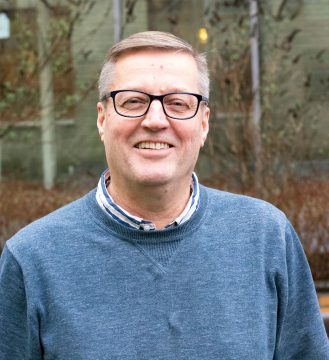
“There are, of course, many research collaborations that do not depend on centers of expertise and research and that arise naturally, based on common interests. But a center like ours means that you come in contact with people you might not otherwise meet, which can generate research collaborations on many fronts and at different levels, from doctoral student level to collaborations among heads of research.”
Painstaking work bears fruit
For Nilsson’s own part, collaborations within the Sahlgrenska Cancer Center have resulted, among other things, in a new mouse model for thyroid cancer. In previous transgenic models, in which mice have been genetically altered to cause tumors in the thyroid gland, all cells in the organ acquired the cancer-causing mutation. In collaboration with Martin Bergö, Nilsson’s team has found a new method that more closely parallels the spontaneously developing thyroid tumors and disease progression in humans. After several years of painstaking work, the team is now in the process of publishing the first findings based on the new model:
“The most common type of thyroid cancer, papillary thyroid cancer, affects women far more often than men. Hormonal differences are believed to account for this, but we do not know precisely how the cancer occurs. In our mouse model, we can now show for the first time that the tumor becomes larger in the female animals than the males. We did not set out to specifically study gender differences, but it is a very interesting finding that will be exciting to investigate in the animal model.”
Children afflicted after Chernobyl
Thyroid cancer, a relatively rare form of cancer, causes up to 700 new cases per year in Sweden. For papillary thyroid cancer, which accounts for 75 percent of the cases, there are several subtypes with different prognoses.
“When we follow tumor development in the mice, we identify different forms and subtypes of tumors that occur in different parts of the gland. With microscopy, we can see that tumors with different cell origins look different, and with other analyses including lineage tracing we are able to monitor and characterize clonal growth and spreading of the tumors. We aim to also map the molecular differences between different tumors that develop in the mouse model to better understand the background of heterogeneous tumor development in the thyroid.”
The thyroid gland is sensitive to ionizing radiation, especially among children. In the years following the Chernobyl Nuclear Power Plant accident, which occurred in 1986, it was precisely a sharp increase in thyroid cancer in children in Eastern Europe, which provided the only clearly documented health consequence of the disaster. This was because the thyroid glands of exposed individuals in Ukraine, Russia and Belarus absorbed radioactive iodine released and disseminated after the accident.
Iodine is one of Mikael Nilsson’s favorite topics. He defended his thesis here in Gothenburg in 1991 with a dissertation on iodine transport in the thyroid gland. His dissertation was based on studies conducted on cultured thyroid cells in a special two-chamber system that resembles the organization of the thyroid cells in reality.
Mikael Nilsson is a physician who works occasionally with patients both in outpatient care and as an on-call physician.
TEXT AND PHOTO: ELIN LINDSTRÖM
